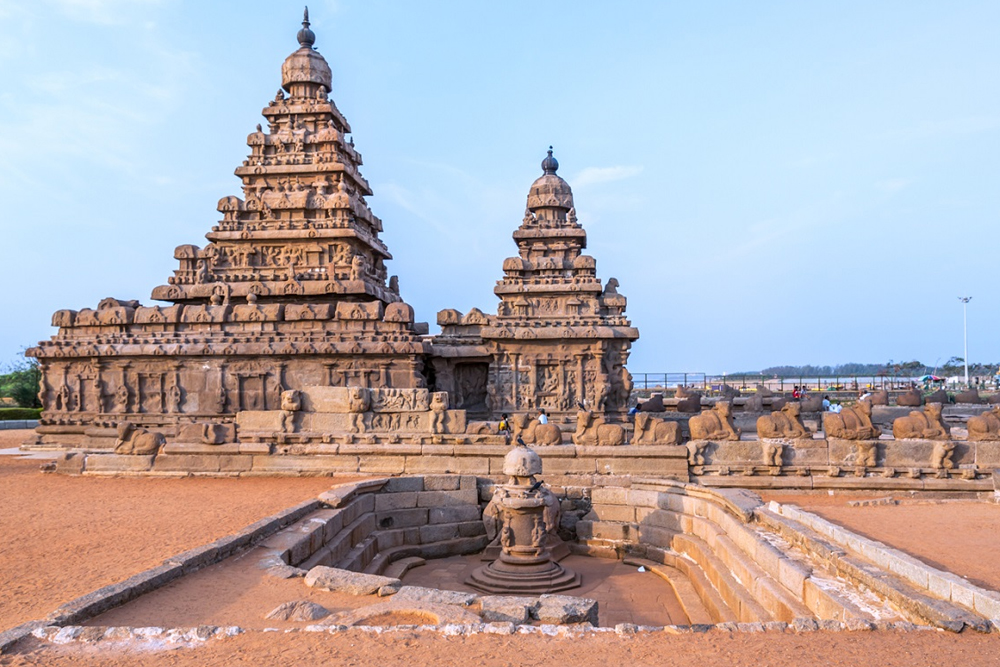Ram Mandir: A Symbol of Faith and Controversy
- Home
- Famous Temple
- India
- Ayodhya
- Ram janmabhoomi
- Ram mandir a symbol of faith and controversy
Ram Mandir: A Symbol of Faith and Controversy
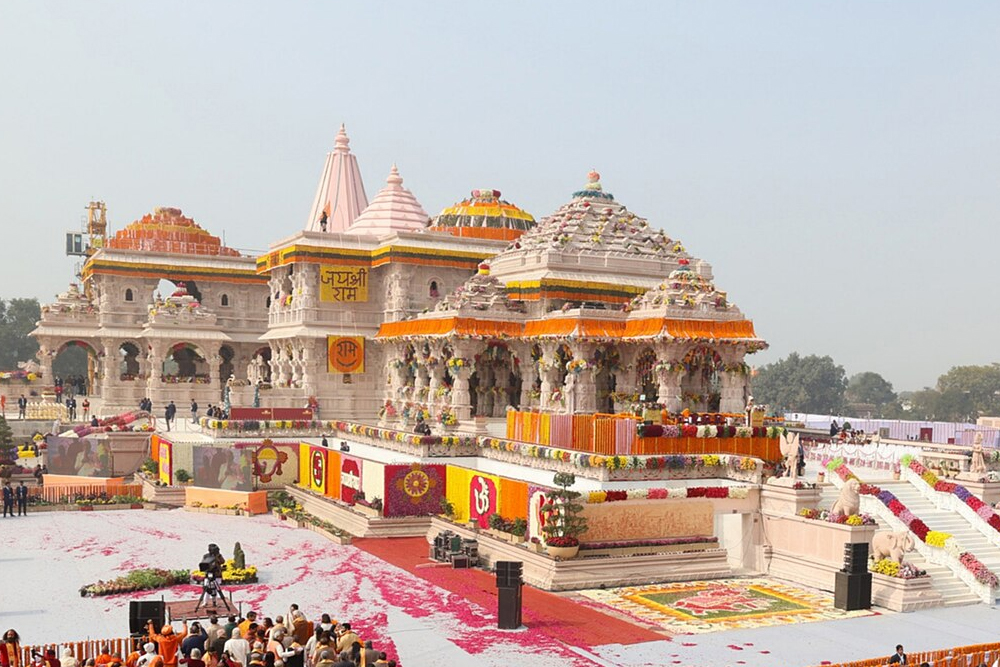
The Ram Mandir, translating to 'Rama Temple,' represents an ongoing construction project in Ayodhya, Uttar Pradesh, India. According to Hindu tradition, it is believed to occupy the sacred site of Ram Janmabhoomi, the mythical birthplace of Lord Rama, a central figure in Hinduism. The temple's formal inauguration took place on 22 January 2024 following a prana pratishtha (consecration) ceremony.
The site holds historical significance as the former location of the Babri Masjid mosque, erected between 1528 and 1529. In 1992, the mosque was demolished after idols of Rama and Sita were placed inside in 1949, leading to years of legal dispute. In a landmark ruling in 2019, the Supreme Court of India granted the land to Hindus for the construction of the temple, while allocating nearby land in Dhannipur for a mosque.
On 5 August 2020, the ground-breaking ceremony (bhumi pujan) for the Ram Mandir commenced under the auspices of Prime Minister Narendra Modi. Currently, the temple complex is under construction, overseen by the Shri Ram Janmabhoomi Teerth Kshetra Trust. Modi himself presided over the prana pratishtha ceremony during the temple's inauguration, serving as the chief patron of the rituals.
Despite its spiritual significance, the Ram Mandir project has faced controversies, including allegations of donation misuse, marginalization of key activists, and politicization by the Bharatiya Janata Party.
The Ayodhya Ram Mandir is not just a temple; it's a remarkable blend of culture and architecture, showcasing India's profound heritage and spiritual values. Its construction is a testament to both devotion and meticulous planning. This three-story temple, crafted from pink sandstone, adheres to the Nagara style of Hindu architecture.
The temple is made where people think Lord Ram, a very important god in Hindu religion, was born. Long ago, the temple was broken by the Mughal king Babur in the 16th century, and a mosque was built there.
Lord Ram is highly revered in Hinduism because he symbolizes moral goodness and royal behavior. Among the three Ramas mentioned in Indian tradition—Parashurama, Balarama, and Ramachandra—the name Ramachandra specifically refers to Lord Ram, who is believed to be the seventh incarnation (avatar) of Vishnu.
Temples of India

Padmanabhaswamy Temple: An Icon of Wealth and Devotion
Temples of India
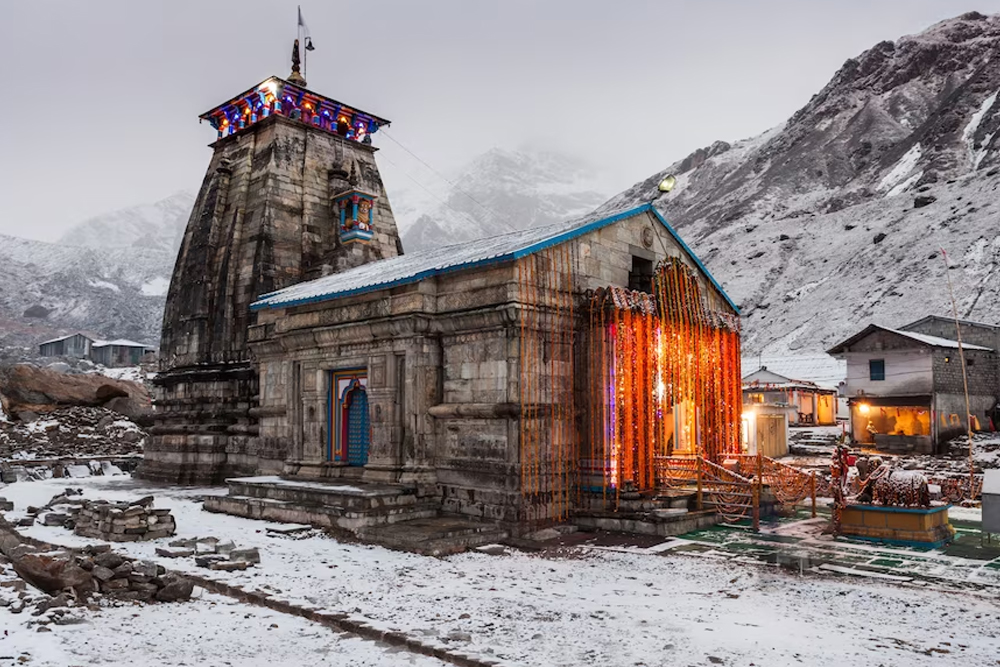
Kedarnath Temple: A Sacred Haven amidst the Himalayas
Temples of India
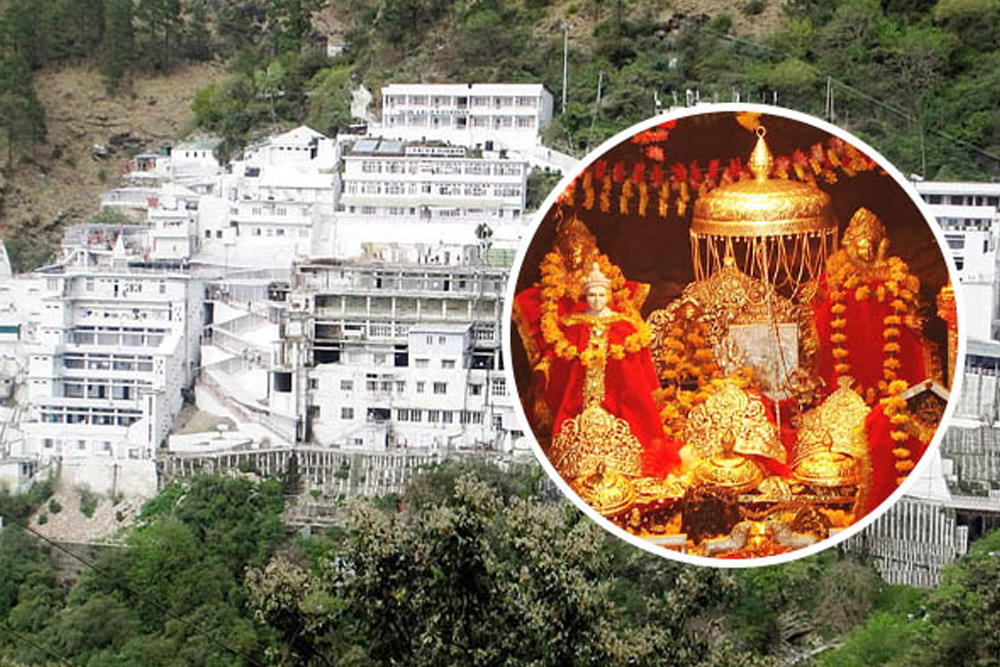
Vaishno Devi Temple: A Sanctuary of Devotion and Blessings
Temples of India

Ram Mandir: A Symbol of Faith and Controversy
Temples of India
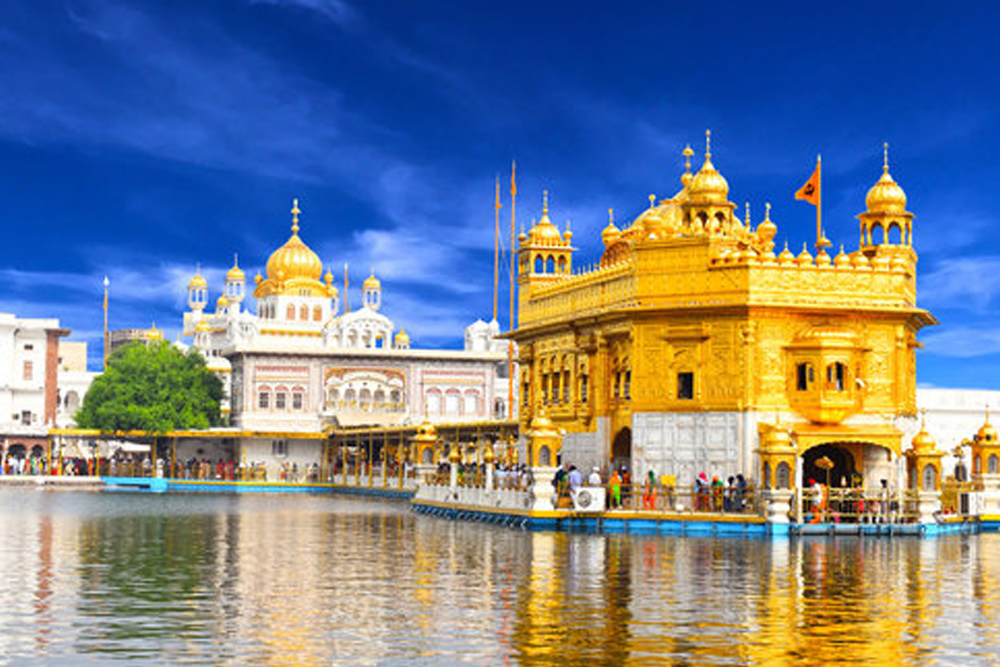
The Golden Temple: Emblem of Sikh Faith and Unity
Temples of India

Shri Siddhivinayak Ganapati Mandir: A Beacon of Devotion in Mumbai
Temples of India
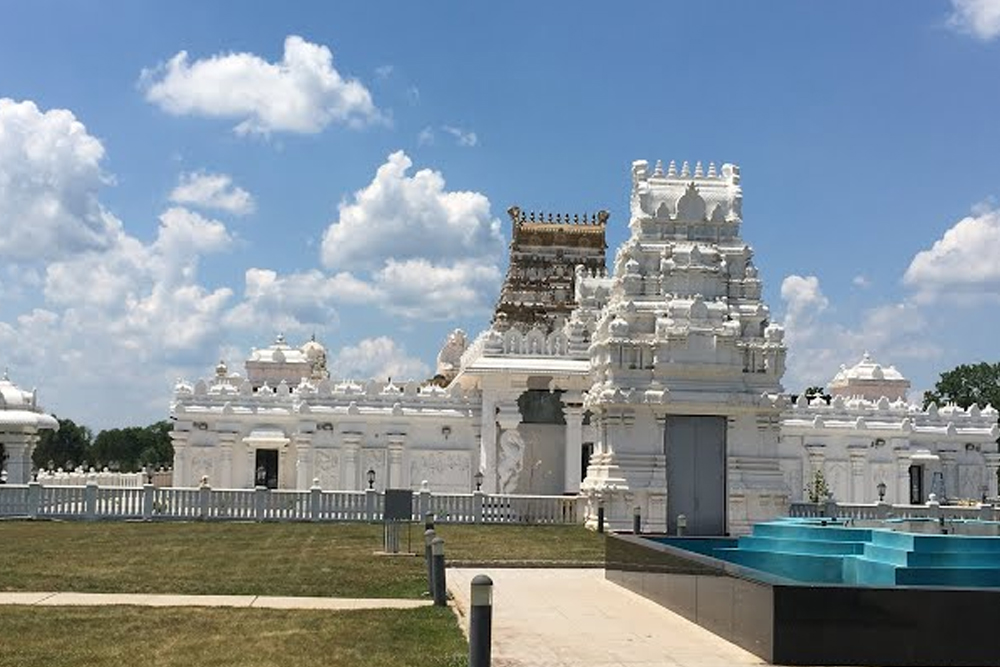
Sri Venkateswara Swami Temple: Sanctum of Spiritual Grace
Temples of India

Kashi Vishwanath Temple: Divine Sanctuary in Varanasi
Temples of India
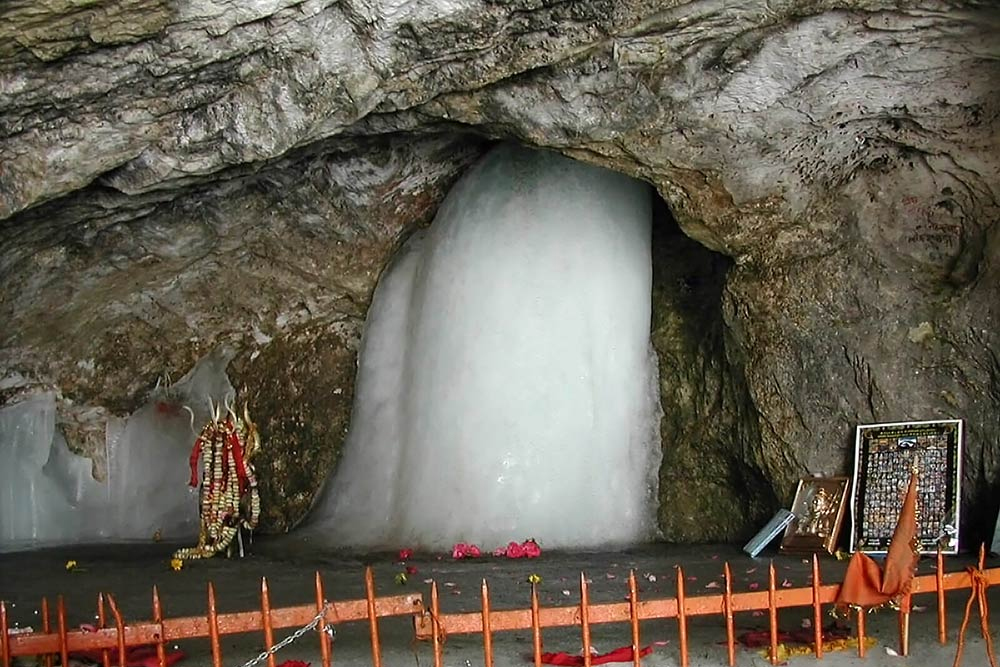
Amarnath Temple: Sacred Hindu Shrine in Jammu and Kashmir
Temples of India
